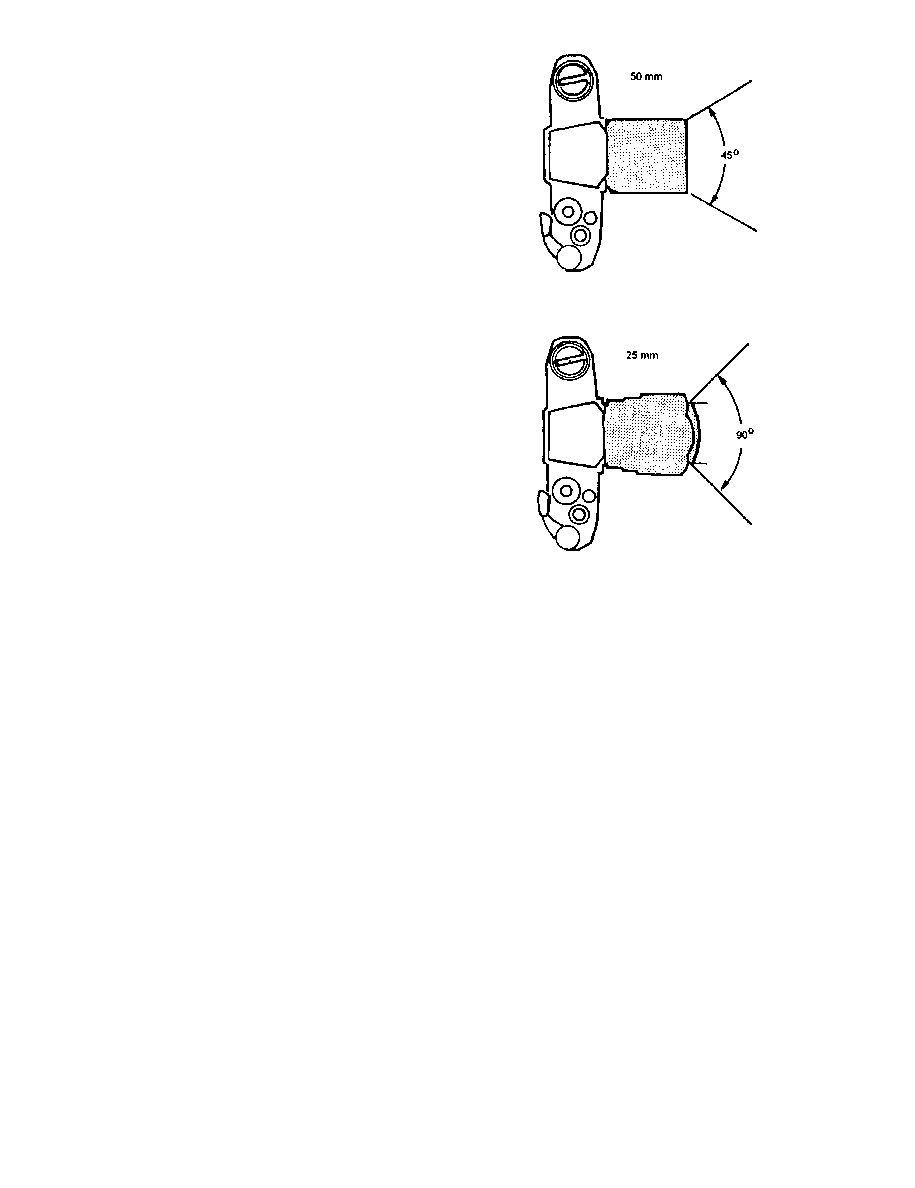
DOFMaster
for Windows
On-line
Depth of Field
Calculator
DOFMaster for Mobile Devices
On-line
Depth of Field
Table
Hyperfocal
Distance Chart
Articles
FAQ
Recommended
Books
Support
Contact
Links
Home
for Windows
On-line
Depth of Field
Calculator
DOFMaster for Mobile Devices
On-line
Depth of Field
Table
Hyperfocal
Distance Chart
Articles
FAQ
Recommended
Books
Support
Contact
Links
Home
As an Amazon Associate I earn from qualifying purchases.
![]()
reasons we shall limit our discussion of using different
lenses to 35mm SLR cameras. Keep in mind, however,
that the concepts discussed apply equally well to all
cameras and lenses no matter what their size of focal
directly in front of the film so the lens can be removed
makes of lenses and cameras are designed with their
lens is either incompatible with or requires special
adapters to fit other brands.
are moderately wide angle, normal, and moderately long
lenses. This group of special lenses includes ultra-wide
angle, extreme telephoto, shift lenses, variable focal
length (ZOOM), and macro lenses.
worth having. Their choice of actual focal-length lenses
is a far more personal decision. One may prefer a 35mm
wide angle and a 200mm long focal length. Another
photographer may prefer a 28mm wide angle and a
be changed. Imagine that you are aboard a ship and
taking pictures of the coastline. To get a broader view of
the coastline, you cannot move your camera position
because the ship is on course. The solution is to change
to a wide-angle lens. To get a closeup shot of an
important section of the coastline, you obviously cannot
move closer to the shore. You must change to a
long-focal-length lens to bring the important section of
coastline closer to you. The second time you would
change lenses is when a different focal-length lens
enhances your subject (remember the cow having
lunch). This depends on your ability to change camera
viewpoint, forward and backward, so you can fill the
picture area with the subject. Using a long-focal-length
lens reduces depth of field, makes the apparent effect of
linear perspective less dramatic, and decreases the
apparent distance between different subject planes.
subject planes, and may introduce image distortion.
change the picture area produced on film by a 35mm
SLR camera. The picture area is always 24mm by
36mm. Lenses for 35mm SLRs (except some ultra-wide
lenses) all produce an image that completely fills the
picture area. Along lens magnifies the subject image and
not as much of it fits into the film frame area (fig. 1-33).
Thus long-focal-length lenses cut down the area you see
around the subject, and they, therefore, have a small
angle of view.
The small image of a subject looks farther away and
much more area surrounding it can be included in the
picture area. A short-focal-length lens gives a wide-
angle view. This is why short-focal-length lenses are
called wide-angle lenses.
Basic Photography Course

As an Amazon Associate I earn from qualifying purchases.
WWW.DOFMASTER.COM
© 2006 Don Fleming. All rights reserved.
© 2006 Don Fleming. All rights reserved.